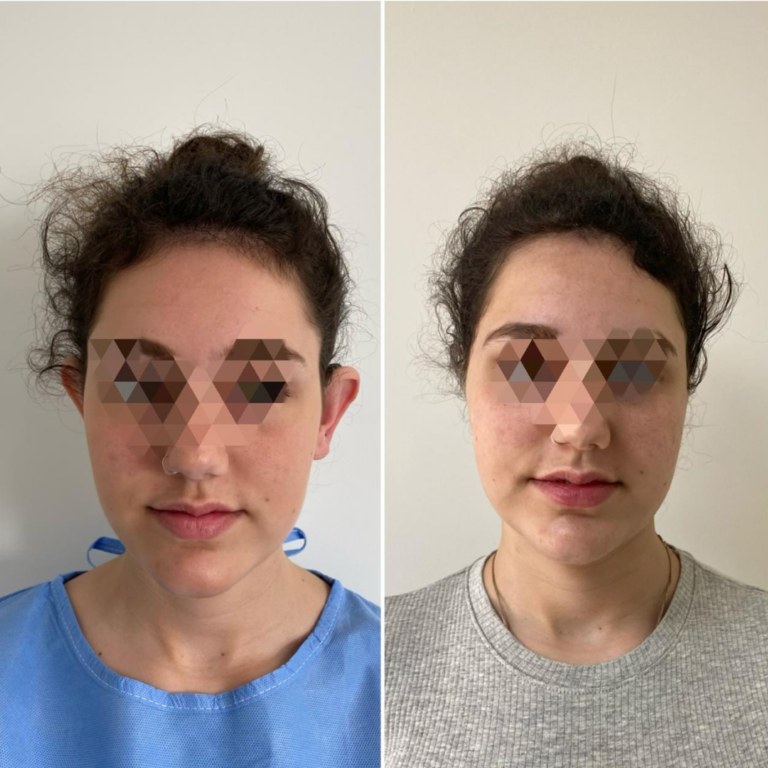
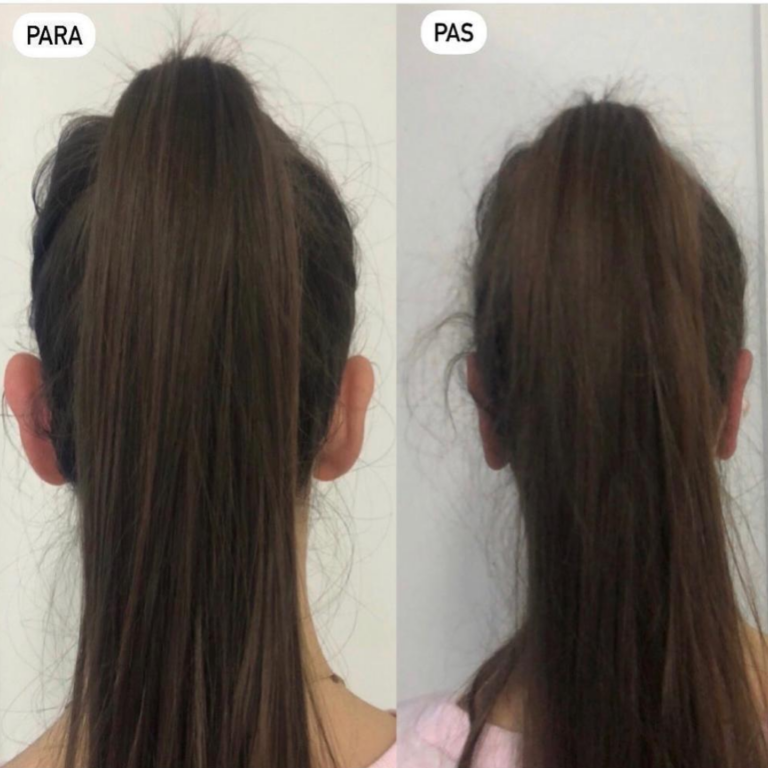
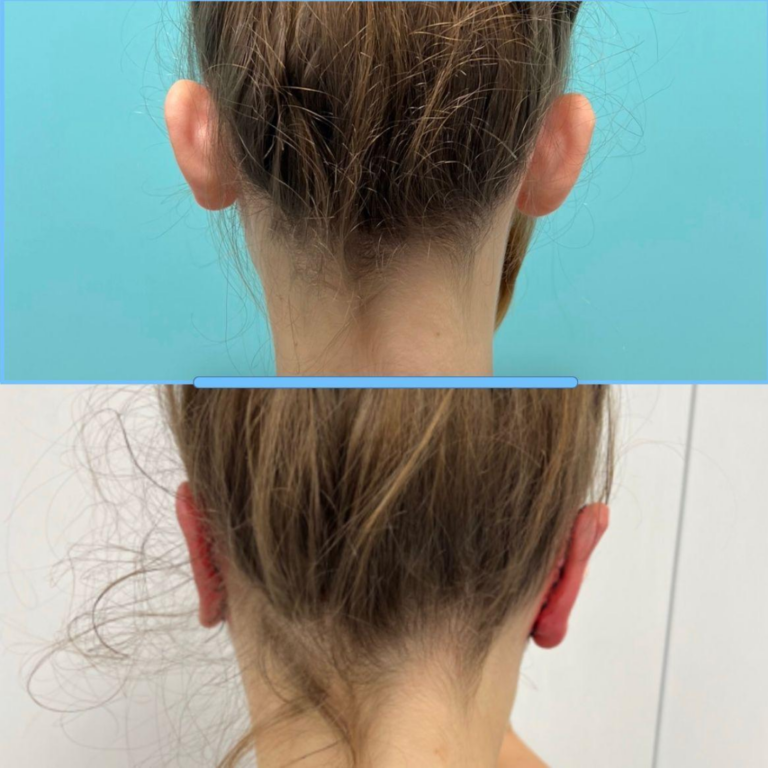
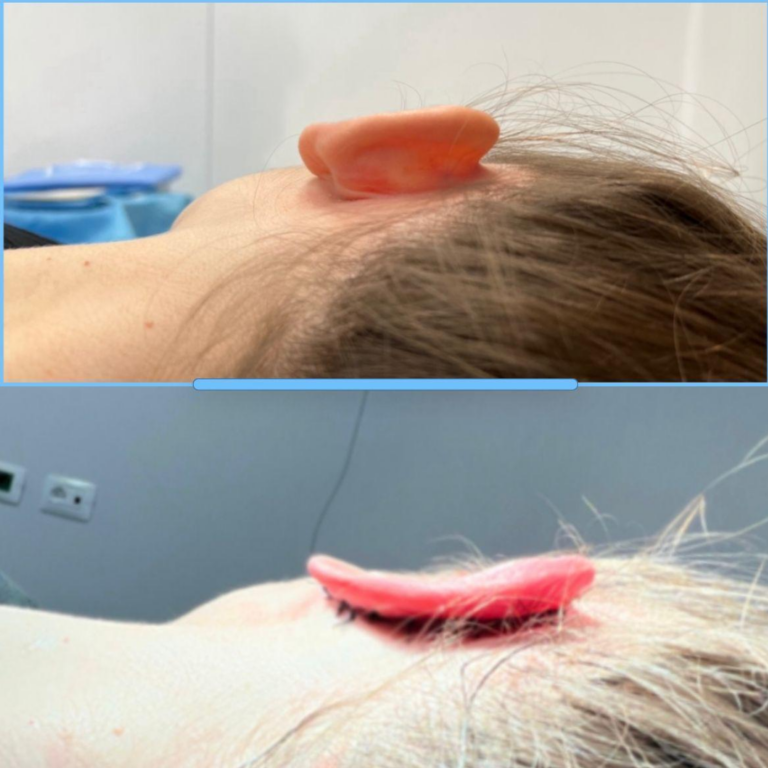
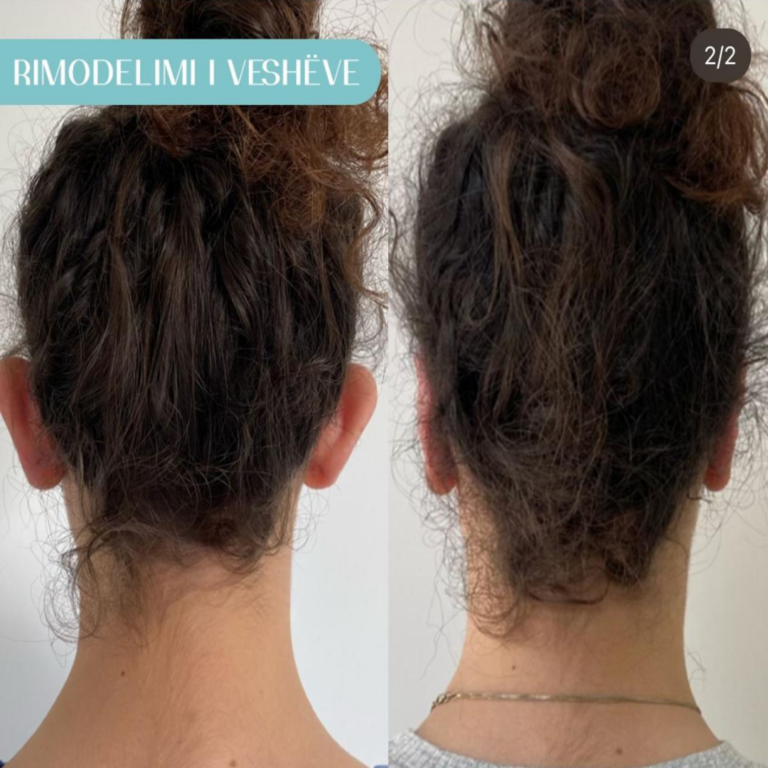
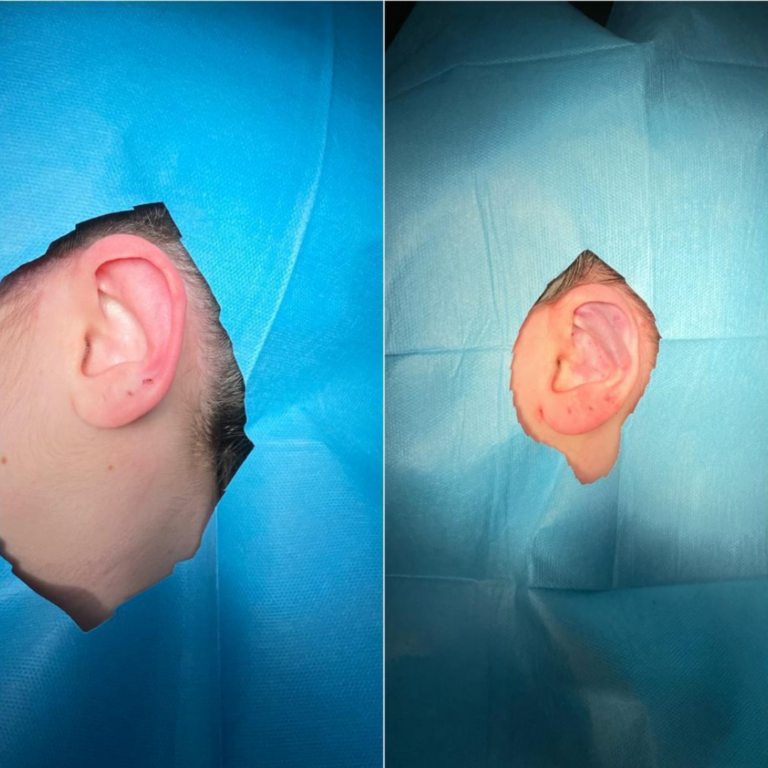
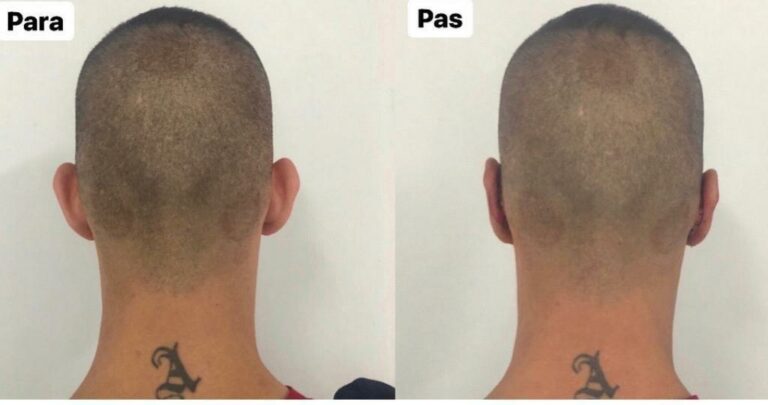
Even the ears, although they do not have a central position on the face, play a special role in the elegance of the female image. Various deformities can affect one or both ears at the same time and usually manifest themselves with a malformation of the cartilage which, not bending, remains straight and flat. As a result, the ears remain open (protruding ears) and are in contrast with the shape of the head, neck and entire face. This congenital defect that is often observed in women, causes a real aesthetic problem even if it does not affect the functioning of the organ at all. Otoplasty is the cosmetic surgery procedure that corrects the protruding shape or other imperfections of the ears. The procedure, performed by expert hands, allows the imperfections, in particular "protruding ears", to be corrected in a very satisfactory manner and without visible scars, repositioning them in a more correct manner and creating a regular relationship in harmony with the head and face. If you require surgery in both ears or just one ear, the surgical techniques may vary from ear to ear. This surgery does not have any negative effects on hearing.
What should we know about the procedure?
- Before the operation, pre-operative tests are performed (complete blood count and blood group, coagulation tests, biochemical, viral, pregnancy and urine tests, visit with the cardiologist and ECG, visit with the anesthetist, etc.).
- The procedure is performed under local anesthesia and sedation, or even under general anesthesia, according to the patient’s requests.
- The average duration is 40 – 90 minutes.
- Several hours or a night of hospitalization in the clinic.
- Usually mild and easily tolerable pain.
- Mild hematomas and edema that gradually disappear within 10 – 14 days.
- Small and almost invisible scars on the back of the ears, hidden in the folds of the skin.
- Recovery is quick and painless, with gradual improvement in the appearance of the ears.
- The result is considered definitive usually 6 – 10 months after surgery.
Post-operative advice:
- Use of oral antibiotics usually up to 5 days after surgery.
- Medical bandages should be kept for 7 days.
- Wound dressings every 3 – 4 days, until the medical bandages are removed.
- Replacement of the medical bandage with an elastic bandage (like those used by tennis players) for 20 days.
- Removal of stitches (in cases where they are not absorbable) after 8 – 10 days.
- Check-ups with Starmed staff according to our clinical protocols.